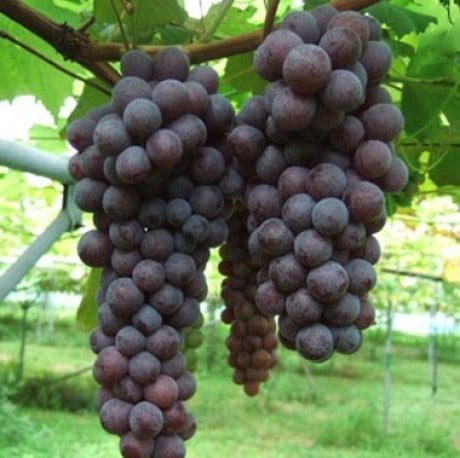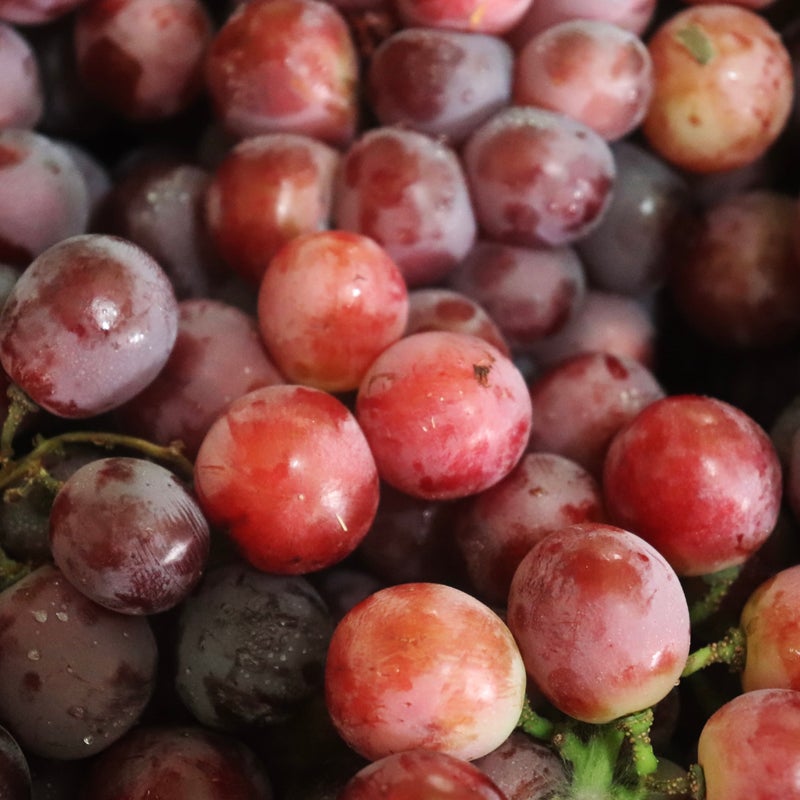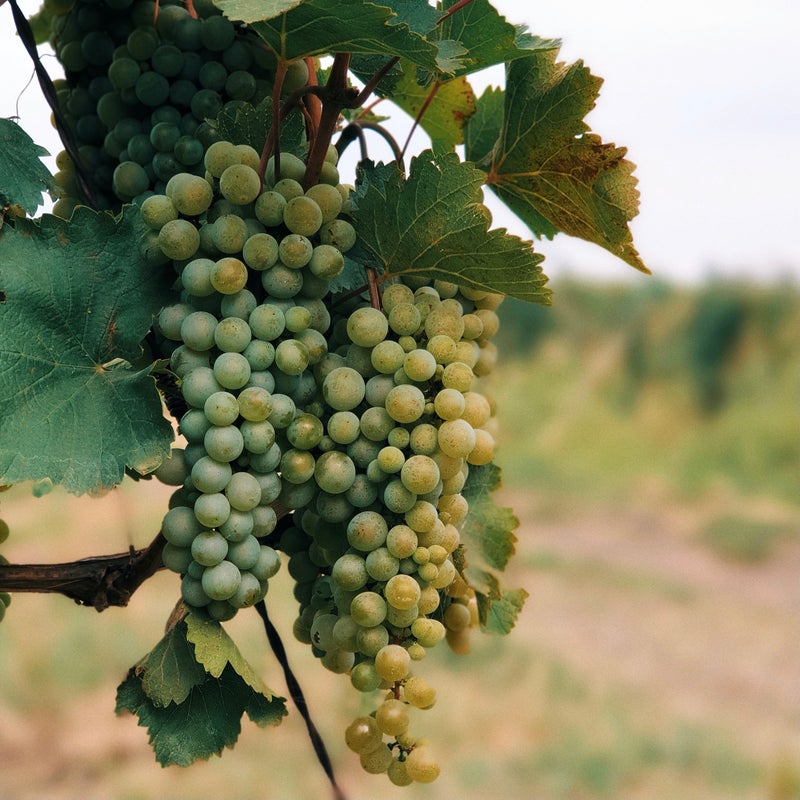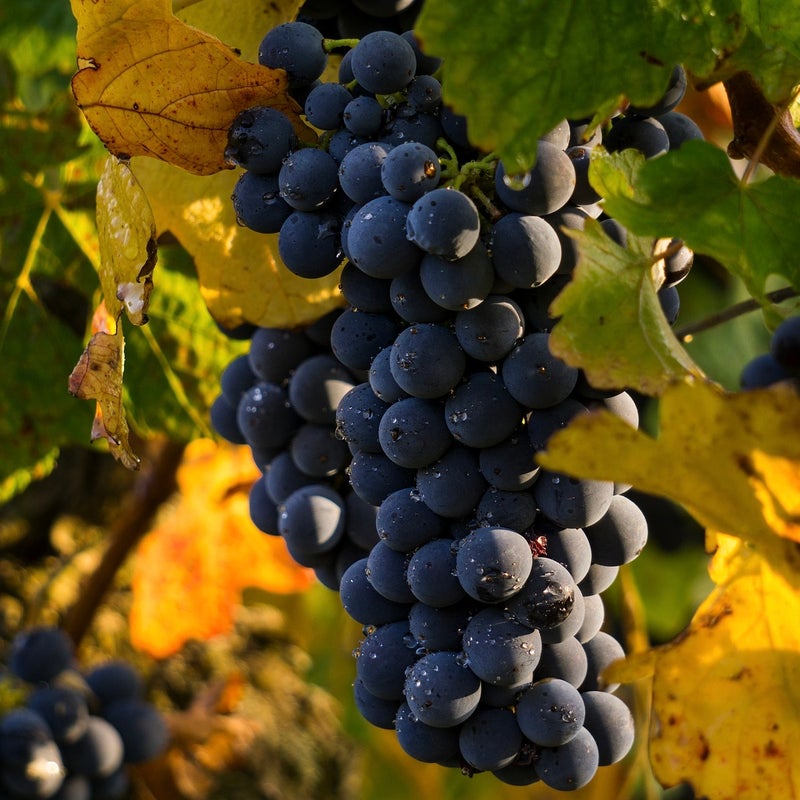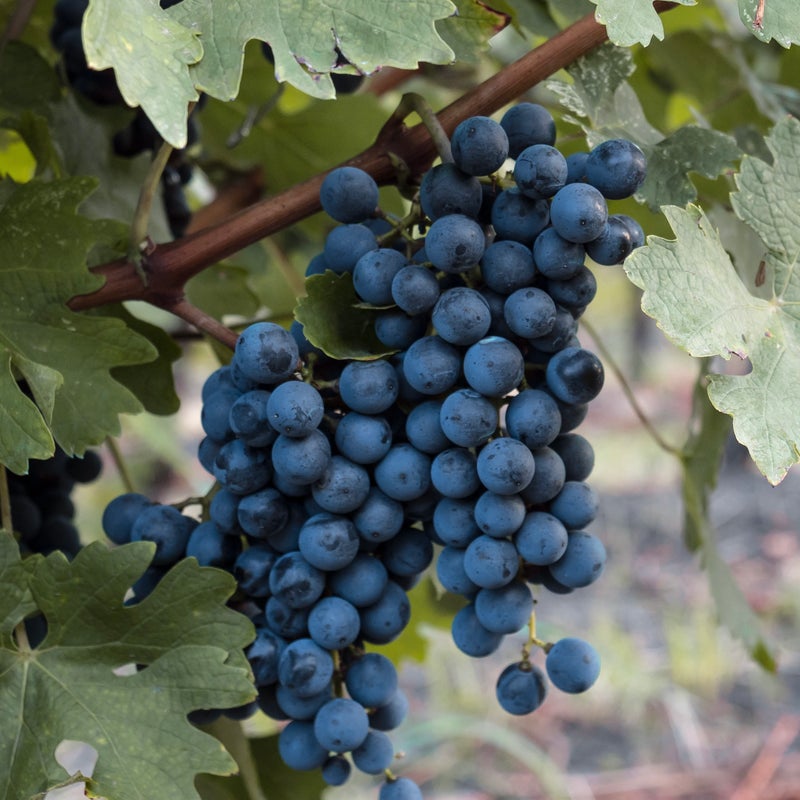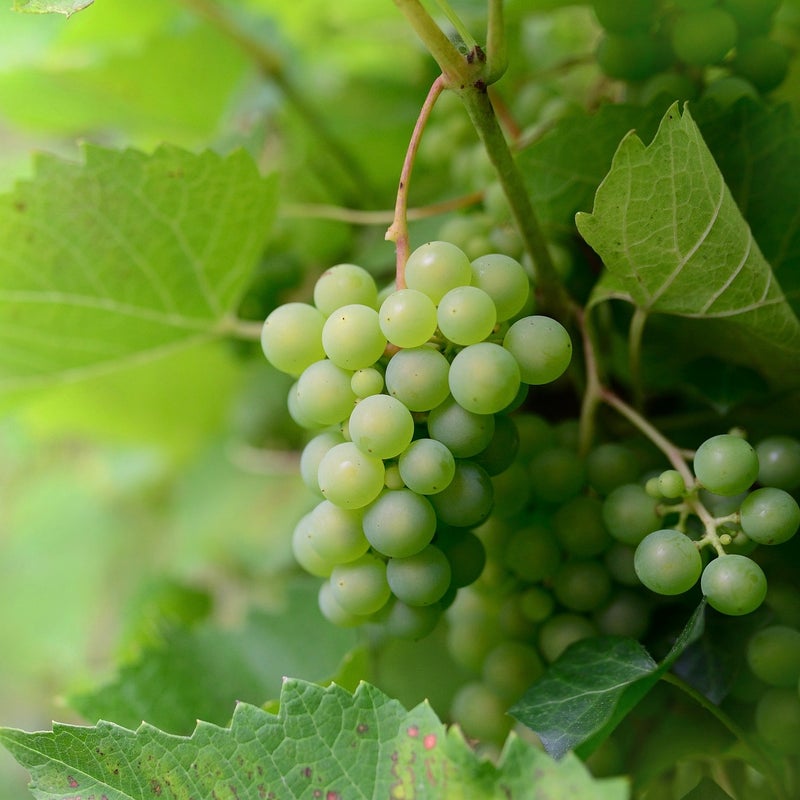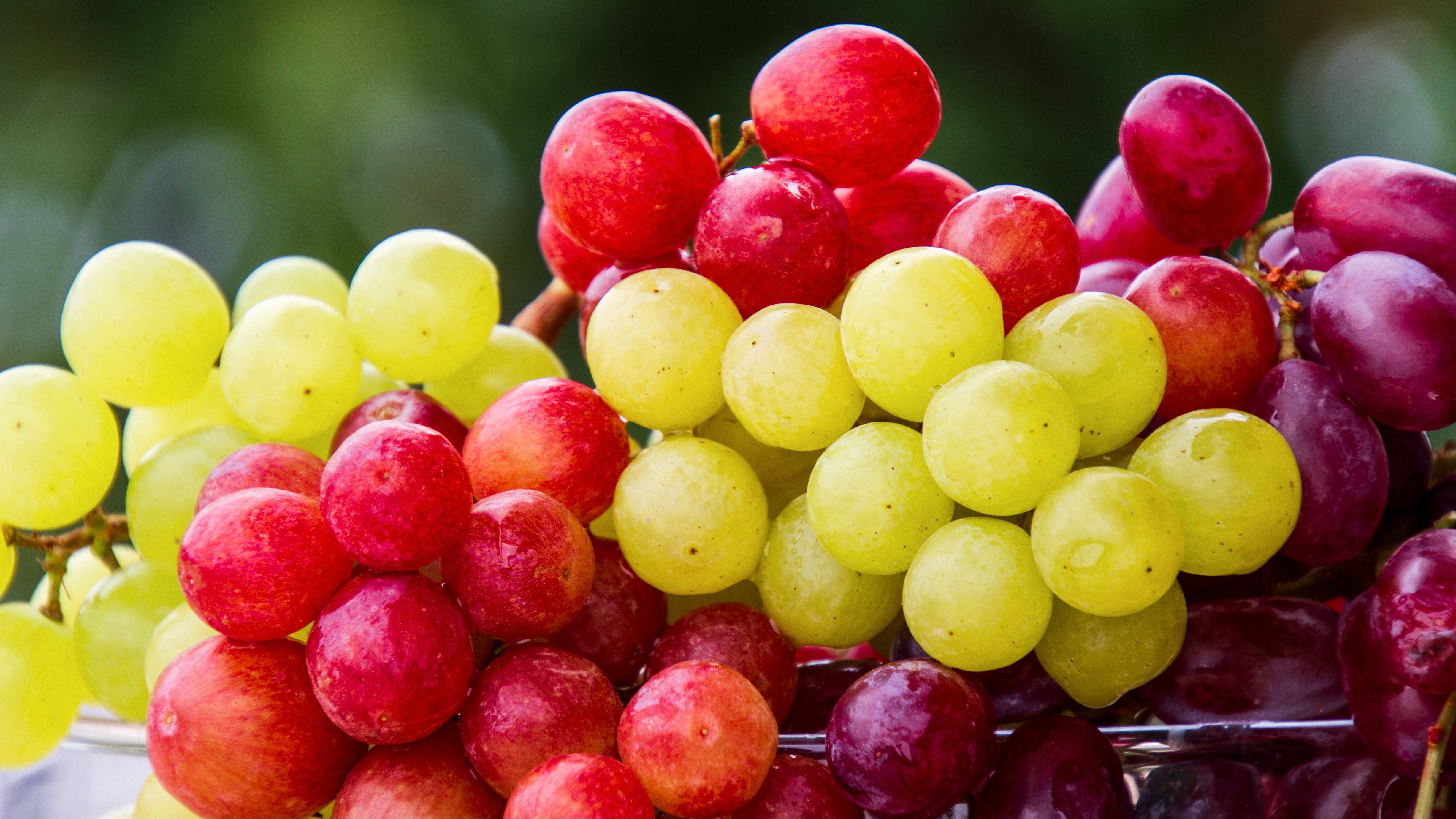
Growing Grapes
09 Feb, 2022
Varieties
We stock a range of different types of grapes. If they are unavailable when you go instore, we will be able to order them in for you when they are next available.
Tips to Help You Grow Well
Position and planting
Choose a position that gets full sun or at least 6 hours of direct sunlight. They need to be protected from strong winds and can tolerate most coastal areas.
Best grown in well-draining soil. If you have compact or clay soil, mix your original soil in with 1 part compost and 1 part pumice sand, and plant in a slight mound.
Grapevines will need a structure to climb upon. Make sure this is sturdy as larger vines become woody and heavy over time. A pergola, fence or large trellises are ideal.
Grapes have a deep taproot, so they are best planted into the ground instead of a large container.
Watering and feeding
Water grapes deeply after planting, and in the first year, only water around the roots – not directly onto the leaves. Continue to water well once mature vines start setting fruit for juicy grapes at harvest time.
Grapes don’t need a lot of feeding; when young, feed once in spring for boosted growth with a liquid fertiliser such as Kings Fast Food. Older plants only need feeding if they start showing signs of deficiencies, though you can top them up with a little Liquid Potash once flowers have set.
Harvesting
The harvesting period is from February to April, depending on the variety. Snip off the whole bunch and put it in the fridge. You can also put some in the freezer to use as ‘fruit ice cubes’ in wines or kids summer drinks. Most grapes can also be made into jams, and the buffalo grape is especially good for making homemade wines and juices.
Pruning
Grapes need pruning more than most other fruit-baring plant. Poor crops are usually due to insufficient training and pruning.
Annually prune vines in winter – at the same time, you would fruit trees. Cut back hard, only leaving the main trunk and branches you are training (best trained as a ‘T’ shape), and use pruning paste on large cuts to prevent infection. Extra pruning will be needed in spring to keep growth back – cut back to spurs (buds) close to the main branch.
Prune again in summer, taking off extra new growth so the energy can be focused into growing grapes. This will also offer better airflow.
Problems
Grapes tend to get a few pests and diseases that are usually more prominent nearing the end of the harvesting season. Make sure your plants are well watered and have significant airflow to reduce problems
Powdery mildew will be present on vines that don’t get enough sun, airflow or have humidity problems. Prune regularly, water around the roots and spray with organic sulphur spray if needed.
Vine/passion hoppers are usually present in mid to late summer. Spray with Bugtrol in the evening under leaves and along the vines, repeat once every two weeks if necessary.
Wasps may be attracted to damaged or rotting fruit. Make sure to remove these as soon as possible to prevent attracting them.
Birds will enjoy the taste of the fruit. Put bird netting over your vine – let them have the last few fruits at the end of the season as it will attract silvereyes.
